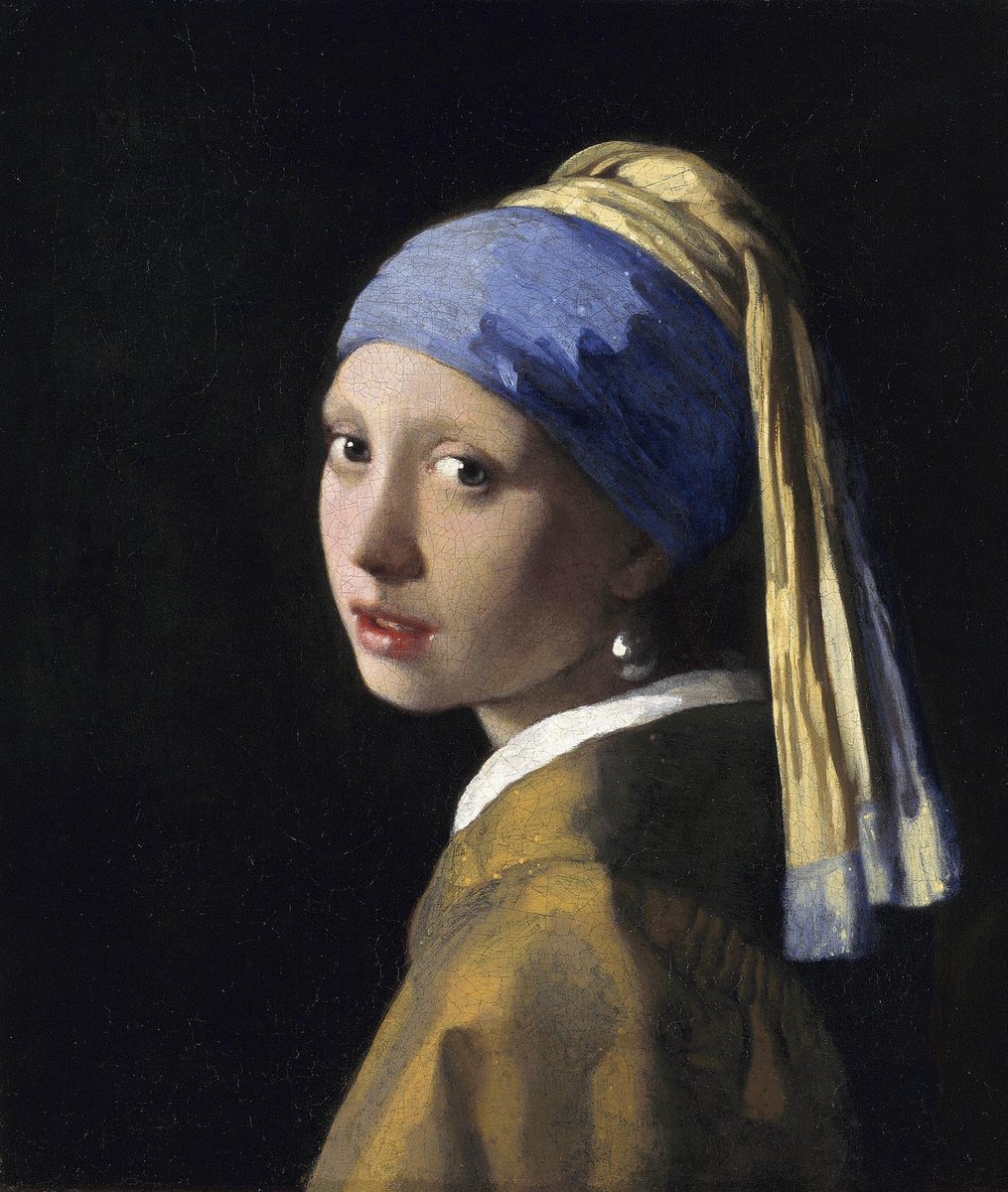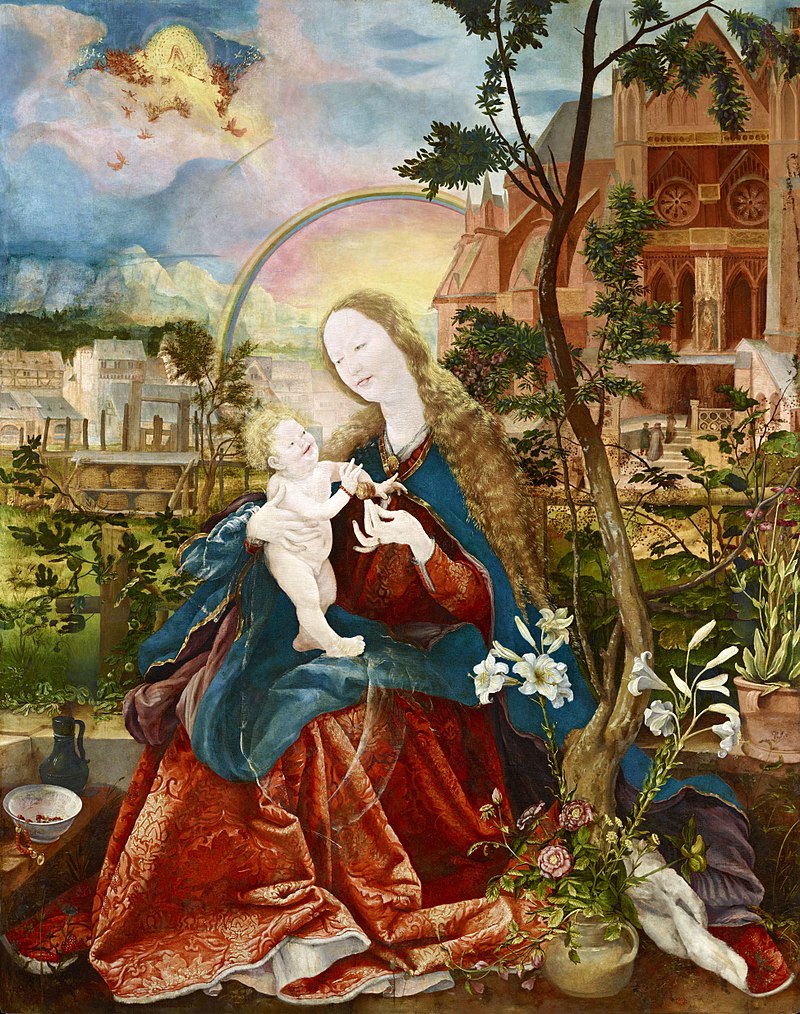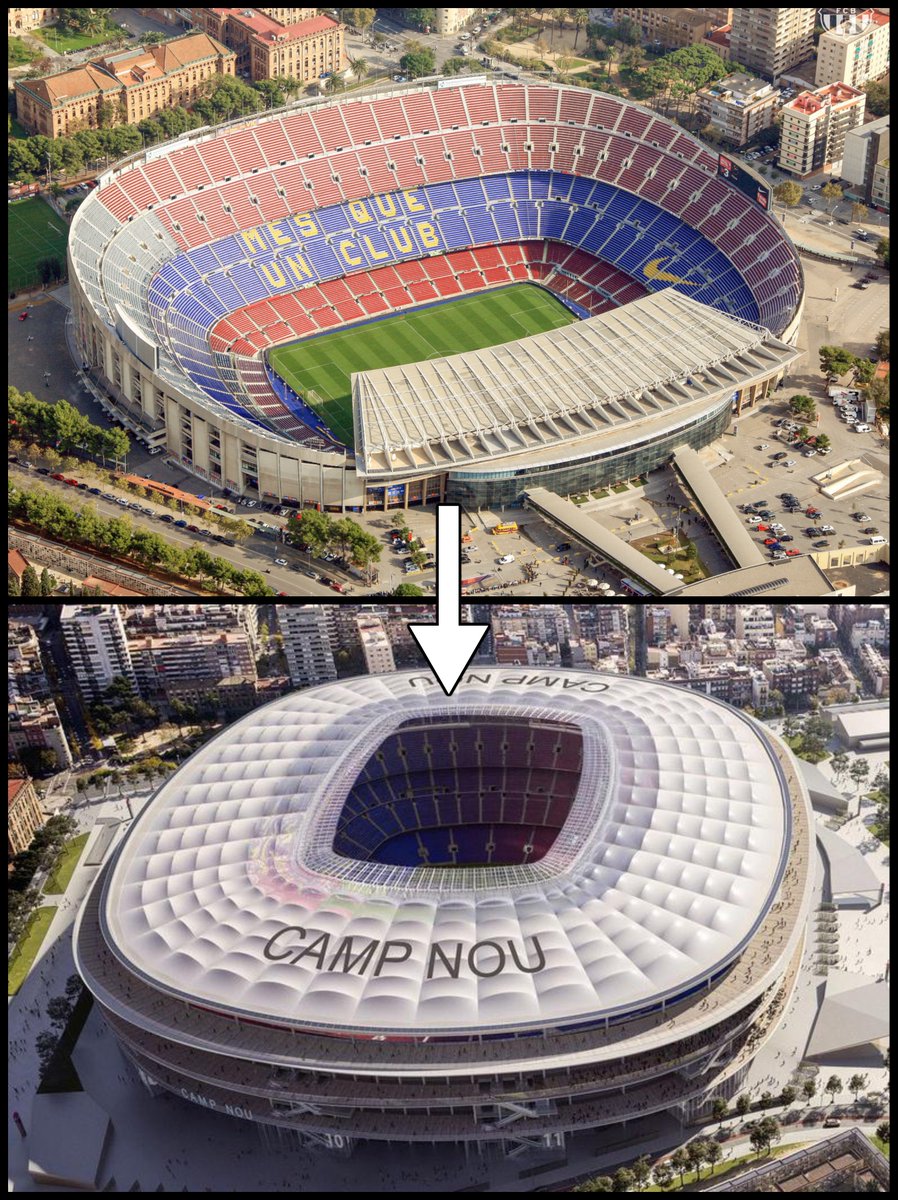Girl with a Pearl Earring, painted by Vermeer in 1665, might just be the most famous and beloved portrait in the world.
But who is the girl?
Well, that's the thing. There was no girl, because this isn't a portrait...
But who is the girl?
Well, that's the thing. There was no girl, because this isn't a portrait...

Johannes Vermeer (1632-1675) is one of the greatest painters who ever lived, though in his lifetime he wasn't known beyond his hometown.
He was born in Delft during the Dutch Golden Age, a period of extraordinary cultural, political, and economic flourishing in the Netherlands.
He was born in Delft during the Dutch Golden Age, a period of extraordinary cultural, political, and economic flourishing in the Netherlands.
Vermeer, like many of his contemporaries - and unlike artists in Catholic parts of Europe - generally stuck to so-called "genre paintings."
This means a scene from everyday life rather than a religious topic, which had been the dominant theme of art in Europe for centuries:
This means a scene from everyday life rather than a religious topic, which had been the dominant theme of art in Europe for centuries:

Hence the proliferation of wonderful Dutch landscape artists during the Golden Age, like Jacob van Ruisdael, who painted the real world unadorned and without the idealising, classical spirit of the Italian Renaissance and its successor movements.
Ordinary beauty.
Ordinary beauty.

There had been many extraordinary genre painters, such as Jan van Eyck with his Arnolfini Wedding or Brueghel the Elder and his countryside jollies.
It was the farmer, the maid, and the merchant - rather than figures of Classical and Biblical history - that they depicted:

It was the farmer, the maid, and the merchant - rather than figures of Classical and Biblical history - that they depicted:


In this way Vermeer represents the continuation of a rich tradition of genre paintings in Northern Europe, and one which perhaps reached its height during his lifetime.
What made Vermeer special was his mastery of colour and light, his delicacy and his mystery.
What made Vermeer special was his mastery of colour and light, his delicacy and his mystery.

Vermeer worked slowly and with quality materials.
He used pigments such as ultramarine (extremely expensive), vermillion, lead-tin yellow, and umber - playing these rich colours off against or over one another - to great effect, combining vivid figures with plain backgrounds:
He used pigments such as ultramarine (extremely expensive), vermillion, lead-tin yellow, and umber - playing these rich colours off against or over one another - to great effect, combining vivid figures with plain backgrounds:

And, beyond his careful balancing & mixing of colours, Vermeer always held back from introducing too many details.
Once his style had matured, Vermeer kept his interiors simple.
The united effect gives his domestic scenes an air of great refinment and harmony:
Once his style had matured, Vermeer kept his interiors simple.
The united effect gives his domestic scenes an air of great refinment and harmony:

Just consider another typical domestic genre painting from the same era.
This is a wonderfully comic scene painted by Jan Steen in 1663 - but it's all action and movement, and even well-composed, the frame is flooded with detail.
This is a wonderfully comic scene painted by Jan Steen in 1663 - but it's all action and movement, and even well-composed, the frame is flooded with detail.

Now look at something like this, Lady Writing a Letter with her Maid.
Vermeer's scenes are gentle & uncomical; they *look* quiet.
And there's almost something mysterious about Vermeer, slightly ethereal, in his simple, careful balances of light and colour.
Vermeer's scenes are gentle & uncomical; they *look* quiet.
And there's almost something mysterious about Vermeer, slightly ethereal, in his simple, careful balances of light and colour.

Even his landscapes (of which there are but two) convey the same tranquillity.
This view of his hometown, Delft, is a vision of peace and refined simplicity.
This view of his hometown, Delft, is a vision of peace and refined simplicity.

Perhaps Vermeer's greatest painting is the Milkmaid, from 1658, a simple composition with exquisite colours.
It might just be the culmination of "genre painting" - at least, the uncomical type - serenity embodied, a moment captured, a domestic idealism in art.
It might just be the culmination of "genre painting" - at least, the uncomical type - serenity embodied, a moment captured, a domestic idealism in art.

And that brings us to Girl with a Pearl Earring, which *isn't* a portrait.
How? Well... what is a portrait?
A portrait is a painting of a named individual; a representation of them in art. Before photography, portraits were how people had their likenesses captured.
How? Well... what is a portrait?
A portrait is a painting of a named individual; a representation of them in art. Before photography, portraits were how people had their likenesses captured.

So what is the Girl with a Pearl Earring, if not a portrait?
It's a "tronie".
This was a popular art form in 17th century Dutch and Flemish painting in which painters portrayed not a specified person, but a *type* of person (often as a so-called "head"):
It's a "tronie".
This was a popular art form in 17th century Dutch and Flemish painting in which painters portrayed not a specified person, but a *type* of person (often as a so-called "head"):

And beyond types of people they could also be allegories for a particular emotion or human quality.
The tronie could be of youth or old age, of melancholy or greed. And unlike grand neoclassical allegories with all their symbolism, the tronie was straightforward:
The tronie could be of youth or old age, of melancholy or greed. And unlike grand neoclassical allegories with all their symbolism, the tronie was straightforward:

They often featured strained or unusual expressions - experiments in human expressiveness, perhaps - and can therefore be amusing, as when depicting surprise or the pain of pulling off a plaster: 



Or rather more contemplative, even frightening, as in the many tronies of old age. Dignified musations on mortality, or bitter parodies of the elderly? 



So that's why tronies aren't named after people - like portraits - but given generic names based on the figure depicted or idea portrayed: old woman, old man, youth with violin, surprise, contemplation... or girl with a pearl earring.
What we see are ideas represented by faces.
What we see are ideas represented by faces.
Hence the title - not because we don't know her name, but because it's a tronie.
Because she never had a name, because she might not have even been real, because Vermeer wasn't trying to depict a living person, but a *feeling* in human form.
Because she never had a name, because she might not have even been real, because Vermeer wasn't trying to depict a living person, but a *feeling* in human form.
Indeed, Girl with a Pearl Earring has only been its title for a few decades.
After Vermeer's death it was catalogued as "tronie in antique costume" and after its reappearance in the 1880s was called "Girl with a Turban" in Dutch, or "Head of a Young Girl" in the Anglosphere.
After Vermeer's death it was catalogued as "tronie in antique costume" and after its reappearance in the 1880s was called "Girl with a Turban" in Dutch, or "Head of a Young Girl" in the Anglosphere.

Seen as a tronie - an expressive allegory - Girl with a Pearl Earring perhaps makes more sense.
Not a portrait of a specific person but the embodiment of an idea, even the simple feeling of a fleeting glance - or whatever else it is the viewer sees in this allegorical face.
Not a portrait of a specific person but the embodiment of an idea, even the simple feeling of a fleeting glance - or whatever else it is the viewer sees in this allegorical face.

Or in the famous pearl, one of the outstanding examples of Vermeer's love for and attention to light.
A few delicate brushstrokes, a glinting highlight set off against the shadows... and Vermeer captures the imaginations of so many; his colourful genius at its very best.
A few delicate brushstrokes, a glinting highlight set off against the shadows... and Vermeer captures the imaginations of so many; his colourful genius at its very best.

Girl with a Pearl Earring (or whatever we call it) represents the culmination of the tronie - and more.
Vermeer brought his supreme sensibility for colour and composition to bear on this painting, and so - as with all truly great art - it has surpassed its original context.
Vermeer brought his supreme sensibility for colour and composition to bear on this painting, and so - as with all truly great art - it has surpassed its original context.
Not many paintings have been definitively attributed to Vermeer - he worked slowly and died at just 43 after a moderately successful career had ended in financial troubles.
Upon which Vermeer fell into obscurity for a long time, for neither he nor his art ever left Delft.
Upon which Vermeer fell into obscurity for a long time, for neither he nor his art ever left Delft.

And here is Johannes Vermeer himself, in a possible self-portrait; over three centuries later, his paintings have travelled the world.
A master of delicacy, of light and colour, whose frozen moments of simple and harmonious time have enthralled and delighted millions...
A master of delicacy, of light and colour, whose frozen moments of simple and harmonious time have enthralled and delighted millions...

If you enjoyed reading about Vermeer then you may also like my free newsletter, Areopagus.
It features seven short lessons every Friday, including art, architecture, history, and rhetoric.
Consider joining 50k+ other readers here:
culturaltutor.com/areopagus
It features seven short lessons every Friday, including art, architecture, history, and rhetoric.
Consider joining 50k+ other readers here:
culturaltutor.com/areopagus
• • •
Missing some Tweet in this thread? You can try to
force a refresh





















